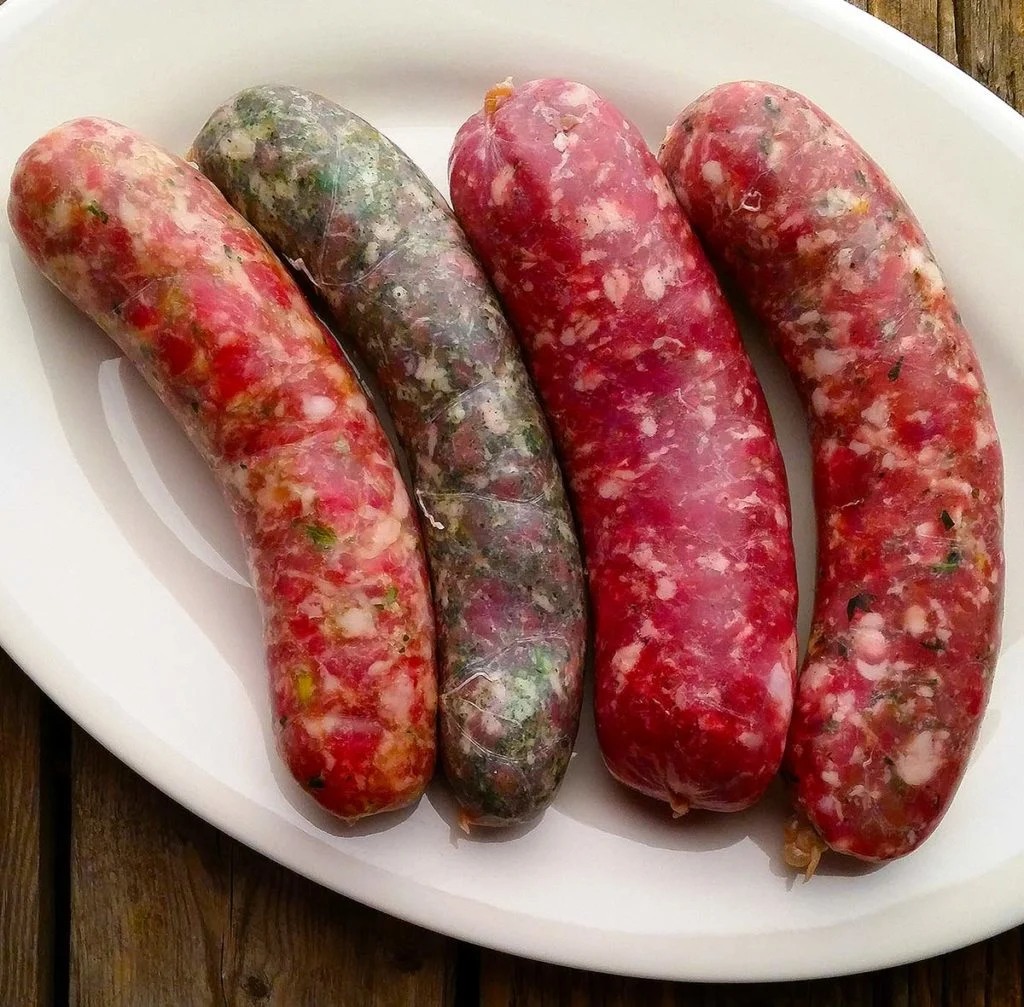
Dic . 15, 2024 15:55 Back to list
Burger Patty Forming Equipment Manufacturing Solutions for Efficient Production
The Evolution of Burger Meat Patty Forming Machines
In an era of rapid culinary evolution and increasing consumer demand for high-quality fast food, the burger meat patty forming machine has emerged as a pivotal innovation in the food processing industry. This machine not only enhances production efficiency but also ensures consistency and quality in burger patties, meeting the ever-growing market demands.
The Importance of Patty Forming Machines
Burger patty forming machines are designed to streamline the process of producing uniform meat patties, which are essential for fast-food enterprises and restaurants striving for quality and speed. In the competitive world of food service, where texture, flavor, and presentation matter immensely, the ability to produce uniform patties can greatly influence a customer's experience.
These machines take the raw meat, typically ground beef, pork, poultry, or plant-based alternatives, and shape it into consistently sized patties. This reduces the variation in cooking times, which is essential for achieving an optimal result that pleases consumers every time they bite into a burger. The precision involved in this process not only minimizes waste but also enhances portion control, which is crucial for cost management in the food industry.
Types of Patty Forming Machines
The market offers a variety of burger meat patty forming machines, which cater to the diverse needs of food manufacturers. One prominent type is the hydraulic patty former, which uses hydraulic pressure to mold meat efficiently. This type allows for the production of thick patties, which are often preferred in gourmet burger establishments.
Another popular option is the manual patty former, suited for smaller operations or artisanal producers
. Though it requires more labor, it gives chefs the flexibility to experiment with textures and ingredients, catering to niche markets such as gourmet, organic, or specialty diets.For larger operations, automated machines are available that can produce hundreds to thousands of patties per hour. These machines feature advanced technology, including programmable logic controllers (PLCs) that allow businesses to adjust size, thickness, and weight with ease. The integration of smart technology enhances operational control, making large-scale production more efficient.
burger meat patty forming machine factory

The Manufacturing Process
The manufacturing process of burger meat patty forming machines involves several key steps, starting with the selection of materials. Quality steel, often stainless, is typically used for its durability and resistance to corrosion. Manufacturing involves precise machining and welding, ensuring that components meet stringent hygiene and safety standards.
Once the parts are fabricated, they undergo assembly, where the machine's various components—such as the forming chamber, conveyor system, and hydraulic mechanisms—are put together. Rigorous testing follows to ensure that the machine operates smoothly and meets the desired specifications for consistency and efficiency.
Additionally, manufacturers often focus on user-friendly design, allowing operators to navigate the machinery with ease. This includes intuitive interfaces and maintenance considerations, as easy cleaning and equipment upkeep are essential in food processing environments.
Innovation and Technology
Innovation in burger meat patty forming machines has accelerated in recent years, driven by advancements in food technology and automation. Modern machines are incorporating features such as touch-screen controls, integrated weighing systems, and even artificial intelligence to optimize the production process.
Moreover, as consumer preferences shift towards healthier and sustainable options, manufacturers are now designing machines capable of handling plant-based protein sources, allowing businesses to cater to vegetarian and vegan diets. This shift not only opens new markets but also aligns with the growing demand for sustainable food options.
Conclusion
The burger meat patty forming machine serves as an example of how technology can transform traditional food production processes. By improving efficiency, ensuring consistency, and adapting to market trends, these machines play a crucial role in the food industry. As consumer preferences continue to evolve, the development of more advanced patty forming machines will be essential for food manufacturers looking to stay competitive and meet the demands of a diverse customer base. The rise of automation and smart technology suggests a bright future, promising efficiency and quality in every bite of one of the world's favorite fast food items—the burger.
Latest news
-
[Product Name]-[Company Name]|[Core Function 1]&[Core Function 2]
NewsJul.13,2025
-
SmartFlow 3000 Series-Industrial Automation Solutions|AI Analytics&Energy Efficiency
NewsJul.13,2025
-
NextGen Equipment Series-IndustrialTech Solutions|Smart Automation&Real-Time Analytics
NewsJul.12,2025
-
Smart Irrigation System - Example Corp | Water Conservation, AI-Driven Efficiency
NewsJul.12,2025
-
Chicken breast meat slicer
NewsMar.07,2025
-
Meat Bowl cutter for LAB
NewsMar.07,2025